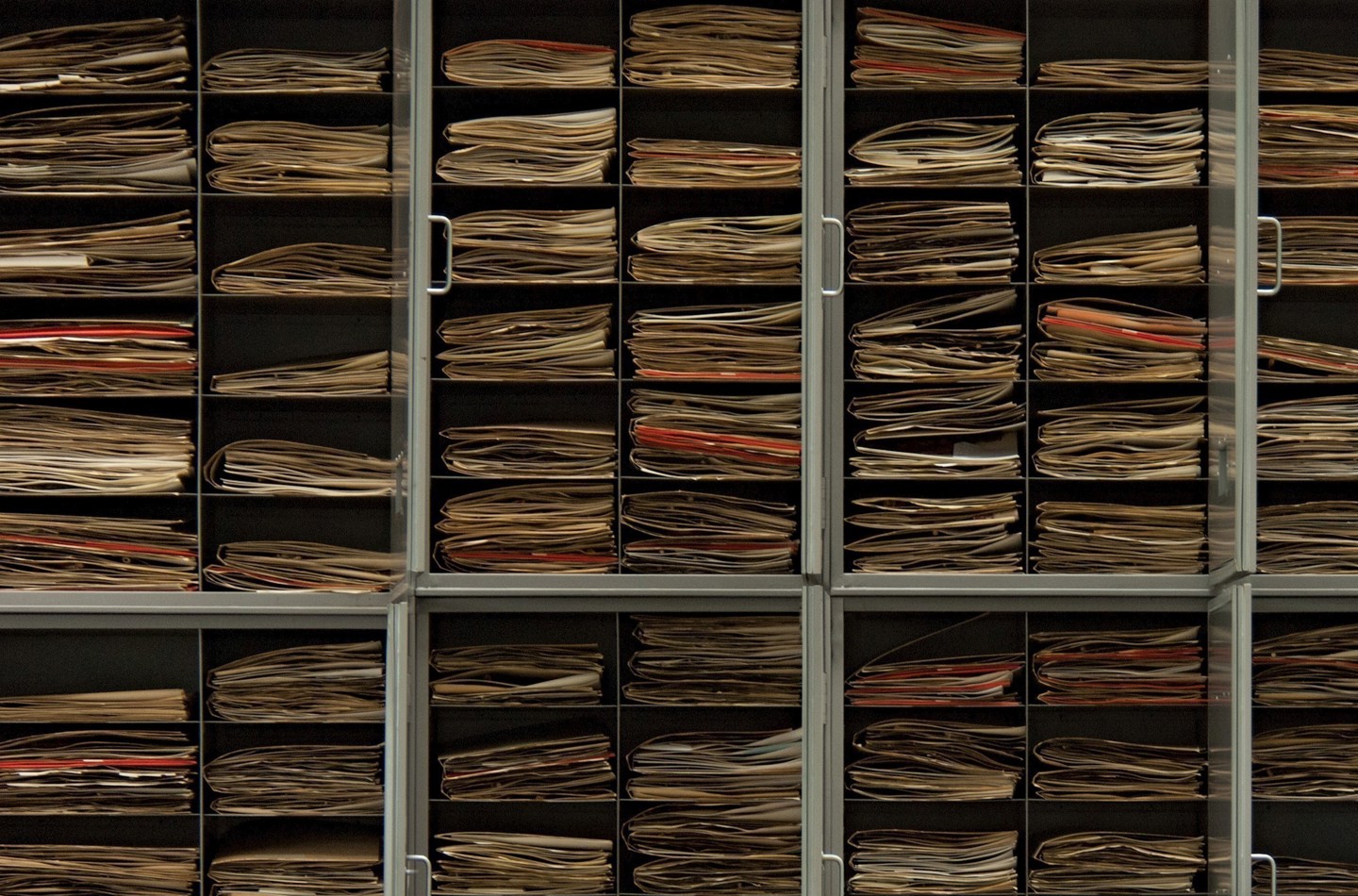
The World in One Room
-
With three million preserved plant specimens, collected over 350 years, the Herbarium at the Royal Botanic Garden Edinburgh has become a scientific resource of worldwide importance. Watch our short film to see how the world's biodiversity is brought together in one building for study.
-
Explore the Herbarium
Search our Collections online
History of the Herbarium
Visit the Herbarium homepage
Follow the Herbarium on Twitter
Read Herbarium stories on our blog
The World in One Room
- Read video transcript
-
Video Transcript Time Description [Narrator] Years of plant collecting lie behind these grey doors. A herbarium of three million preserved plant specimens, an idea so beautifully simple as pressing plants on paper becomes a scientific resource of worldwide importance. [Elspeth Haston, Deputy Curator] Here at the Royal Botanic Garden, we've brought the world's biodiversity together into one building to study. Each of these specimens is a point in space and time, however, even after 350 years, there's still so much to discover. [Martin Gardner, International Conifer Conservation Programme] The great value of having herbarum material is that you can study samples like this monkey puzzle and look at all the different variations in leaf size and cone types. For instance, here we have one of the species of monkey puzzle from the Island of New Caledonia, which is off the coast of Australia. And you can make those comparisons. So scientifically, this would help to write identification guides, which is very, very important for conservation and it would also help us with our important interaction with the public. [Narrator] The Royal Botanic Garden provides digital access to centuries of collecting effort. Researchers can examine specimens in great detail, harnessing expertise from around the world. Sequencing even tiny fragments of older specimens can give a deep insight. New science on the Inga or chewing gum tree from the tropics is being discovered with DNA techniques created in Edinburgh. [Michelle Hart, Head of Laboratory Sciene] I and some of my colleagues at the Botanics have been involved in opening up the Herbarium to genetic research using next generation sequencing technologies and methods of DNA extraction from herbarium specimens, we have reconstructed the phylogenetic tree or the family tree of tropical tree species Inga. This has enabled us to make an assessment of the genetic diversity of this species. [Narrator] A collection started as a cultural resource by enlightened botanists, now more than keeps pace with scientific and technological change. [Peter Hollingsworth, Director of Science] I've been delighted with the science programme in innovation, in accessibility through that digitisation programme, but also the innovation in the molecular biology programme to unlock the DNA to literally open this treasure chest of the Herbarium, make the DNA readable and accessible to researchers around the planet. And it's those technological innovations applied to the dedicated long term curation of this national and international resource that makes it so very special and very exciting. [Narrator] In the Library and Archive, a history of the garden, of botanical science and exploration, through rare books, art and artefacts, truly international and at times, beautiful. The collection has the first ever book to use photographic illustrations. [Leonie Paterson, Archivist] (in conversation) ...and the collection I've chosen to show you today is the one that belongs to George Forrest. It's by far the most well used collection that we have. [Narrator] Available to all, the Library and Archive are rich with stories of early plant collectors. [Leonie Paterson]...these are the scales that Forrest would have used in the field to weigh the seed that he was collecting, he was known for collecting a lot of seed. So he would have known how much seed he was collecting with this, for dividing it up. He probably also would have paid his men, if he had to weigh the amount of gold you're paying them, you would use scales for that as well. [Narrator] The Botanics of the present reveres collectors of the past, who made sacrifices to create a record of the world's biodiversity. [Elspeth Haston] In this building is 4,000 grey cabinets. But to me, those cabinets, you open the doors and you've got every single biome in there, you've got every single environment, you've got, whether it's tropical rain forests, whether it's alpine in Scotland or whether it's the Himalaya or the Savannah, we've got everything in those cabinets. So it's a tremendous place to work, to know that all of that environment is just here. [Narrator] The world in one room and in a time of constant change, a remarkable continuity from preserving biological specimens to make them useful now and in the future.
Botanics Recommends
-
Explore our range of unique gifts and more. Every purchase supports the Garden.
-
Explore our unique venues, suitable for every occasion
-
Discover a range of books inspired by the RBGE's work and collections
-
Cultivate your curiosity with our programme of courses for all ages and interests.